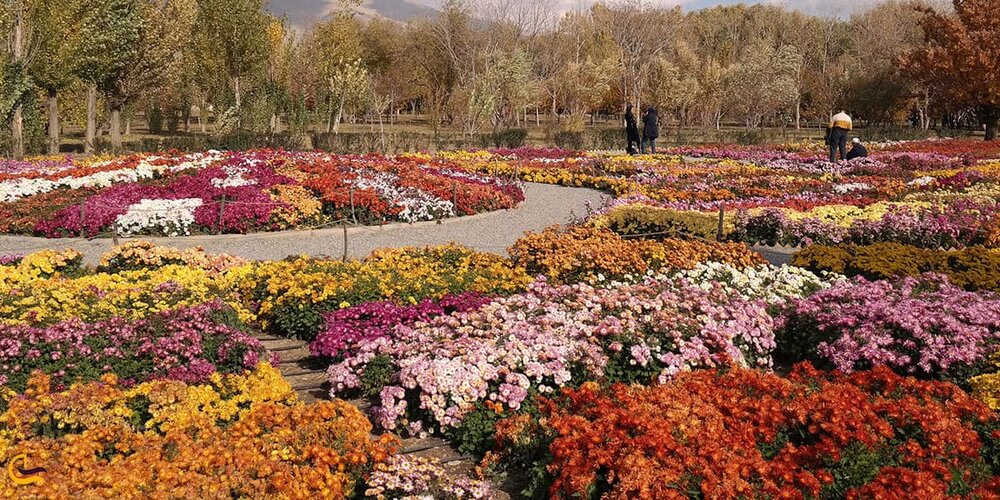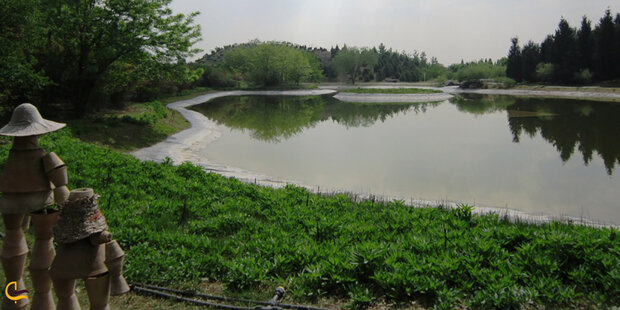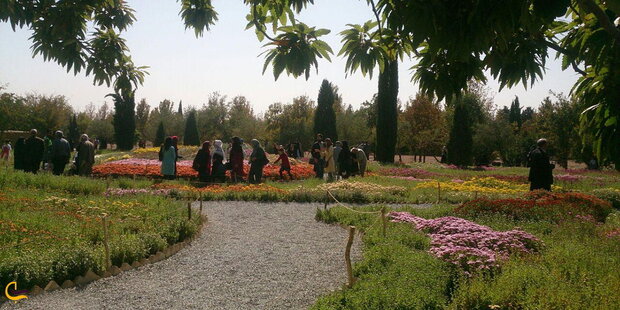TEHRAN— A green retreat and remarkable destination for nature lovers, the National Botanical Garden of Iran embraces plans from across the globe in open areas or greenhouses.
Visitors may find native species of China and Japan well as other regular designs essentially made in little examples. Along these lines, strolling in this nursery may take you to unmistakable environments.
Furthermore, the garden is utilized as a hereditary storage space for the plants that are at risk of going unmistakable. One of the objectives of this scientific and entertaining complex, which plays an extremely significant part in various exploration fields including herbal science and cultivation, is teaching individuals and acquainting with them the study of organic science, the significance of the plants, and the need of safeguarding them.
There are more particular pieces of land for medical and industrial and other special pants. In addition, some parts of the area are devoted to educational and demonstrative purposes. Regardless of the various plants, there are beautiful waterfalls, lakes, wetlands, deserts, and rock gardens. Furthermore, the National Botanical Garden of Iran aims at preserving those species that are in danger of being extinct. Hence, performing as a rich gene bank, it keeps the sources of these plants.
The establishment of the National Botanical Garden of Iran traces back to 1968. Nonetheless, it is still under definite development. The area is 145-hectare wide and is 1320 meters above sea level. The weather is hot in summer and cold in winter. The fascinating fact about this nursery is that giving genuine examples of nurseries in Iran, a wide range of climates, is assumed. It incorporates 3,000 types of particular trees, plants, and blossoms. In this way, it is more similar to a marvelous regular live historical center. It is additionally the principal agriculture and plants scientific classification focus of Iran.
Among the highlights are Asian vegetation from China and Japan. The simulation of these plants and, of course, Alborz, Zagros, and Himalayas mountain chains is a strong, charming attraction for both Iranians and tourists. As a result, they will confront different climates, places, and species while walking in the garden.
Covering an area as big as one hundred and forty-five hectares, the garden is located somewhere in the western part of Tehran and nearly close to Alborz province. Tehran-Karaj Highway is the best way to get to this garden by personal car or taxi service. In the case of using public transportation like the metro, the Iran Khodro Metro Station on Line 5 (Green Line) is the closest one. However, you need to take a taxi when you get out of the station as it is not exactly in the same location and is about four kilometers away. It is in close vicinity to Chitgar Park and Chitgar Lake. Therefore, if you are a nature tourist, you will have a great time in the whole region. Other nearby attractions are Azadi Tower, Milad Tower, Laleh Park, Tehran Museum of Contemporary Art, Carpet Museum of Iran, Moghadam Museum, and Glassware & Ceramic Museum of Iran.
For millennia, Iranian gardens have combined the magic of nature with the aesthetic qualities of art and architecture to create a symbolic representation of paradise on Earth.
A typical Persian Garden interweaves natural elements with manmade components to embody the idea of creating a paradise on Earth by the means of artistic, philosophical, figurative, and religious notions.
According to the UN cultural body, the flawless design of the Persian Garden, along with its ability to respond to extreme climatic conditions, is the result of an inspired and intelligent application of different fields of knowledge, i.e. technology, water management, and engineering, architecture, botany, and agriculture.
AM
Related posts:
Views: 0
 RSS Feed
RSS Feed

















 September 21st, 2022
September 21st, 2022  Awake Goy
Awake Goy 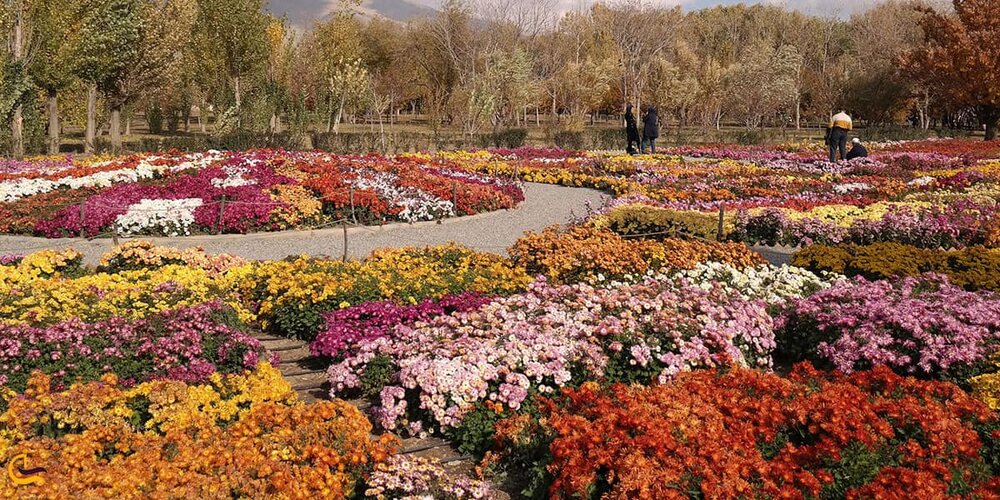
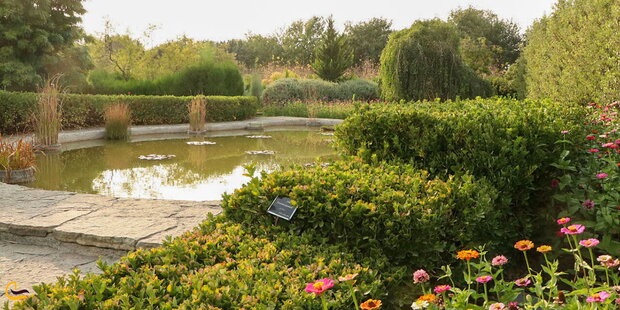



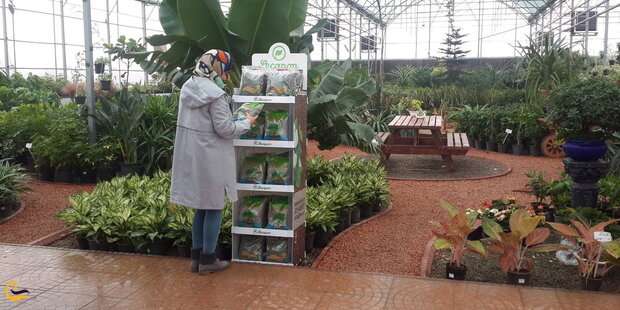
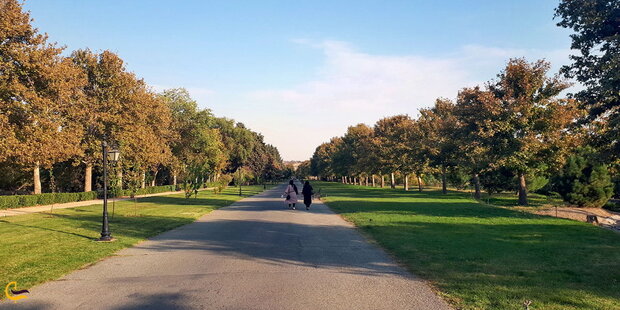
 Posted in
Posted in  Tags:
Tags: 